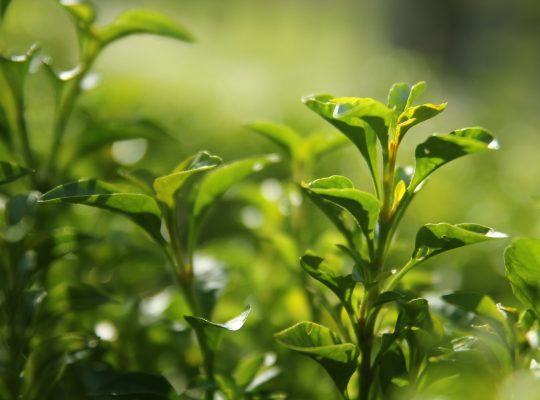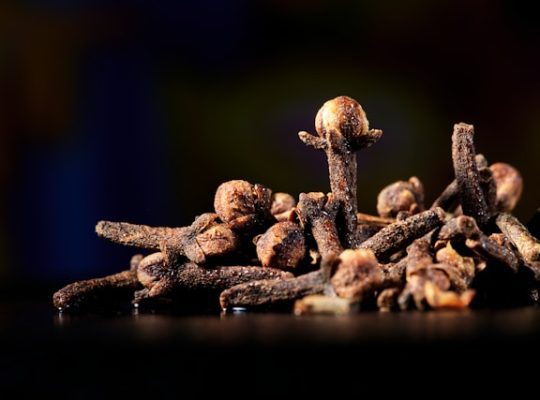In the verdant archipelago of Indonesia, a tale of scents and flavors unfolds, spanning centuries and continuing into the digital age. It’s a narrative deeply embedded in the country’s soil and soul, telling of spices that shaped histories and futures. Indonesia, with its kaleidoscopic array of spices, plays a quintessential role in the global culinary scene, making navigating its spices export market an adventure worth delving into.
The Spice Archipelago
Indonesia’s bounty includes a vast array of spices, from the fiery kick of chili to the warm embrace of cinnamon, the aromatic allure of nutmeg to the earthy punch of cloves. These spices, integral to cuisines worldwide, originate from Indonesia’s lush landscapes, nurtured by volcanic soil and a tropical climate.
A Historical Perspective
The global journey of Indonesia’s spices dates back to the ancient Spice Route. European explorers set sail for the East Indies, driven by tales of precious spices. This search led to centuries of trade and, at times, conflict, underlining spices’ value and rarity. Today, while the dramatic voyages are a thing of the past, the allure of Indonesian spices remains, weaving through the narrative of global cuisine.
Navigating the Export Market
Entering the Indonesian spices export market demands understanding its intricacies. It’s a journey through regulations, quality standards, and international demands, revealing both opportunities and challenges.
Quality Meets Demand
Quality is paramount. Indonesia’s spice exporters adhere to stringent quality measures, from cultivation to processing, ensuring that only the best reaches international shores. This commitment opens doors to global markets, meeting the rising demand for natural and authentic spice flavors.
Sustainability: The New Frontier
Sustainability shapes the present and future of spice exports. The global consumer is increasingly conscious of environmental impact and ethical sourcing. Indonesian spice producers are responding with eco-friendly farming practices and fair trade, creating a sustainable supply chain that safeguards the earth and empowers local communities.
The Digital Spice Route
The digital transformation has revolutionized the spice export market. Indonesian producers and exporters harness the power of digital platforms for market research, customer engagement, and e-commerce, enabling direct access to global markets and fostering transparency across the supply chain.
E-commerce: A Gateway to Global Markets
E-commerce platforms have opened new avenues for Indonesian spices, making them accessible to a global audience. Through online marketplaces, even small-scale producers can reach international buyers, showcasing the diversity and richness of Indonesia’s spice heritage.
The Challenges Ahead
Despite the opportunities, challenges loom on the horizon. Adapting to changing climate conditions, meeting international health and safety standards, and navigating the complexities of global trade agreements require agility and innovation.
Climate Change and Spice Production
Climate change poses a significant challenge, affecting crop yields and quality. Indonesia’s spice producers are adapting through resilient farming techniques and diversifying crops to ensure sustainability.
Aligning with Global Standards
Navigating international food safety and quality standards is crucial for accessing premium markets. Indonesian exporters invest in technology and training, ensuring their spices meet the highest global benchmarks.
The Future of Spice Exports
The future of Indonesia’s spice exports is vibrant and full of potential. With a focus on sustainability, quality, and innovation, Indonesia is poised to continue its legacy as a global spice powerhouse.
Investment in Innovation
Innovation in cultivation, processing, and marketing is key to staying competitive. From harnessing biotechnology for improved crop varieties to utilizing blockchain for traceability, Indonesia’s spice sector is embracing the future.
Building Global Partnerships
Forging strong partnerships with international buyers, governments, and trade organizations is essential for expanding market access and navigating regulatory landscapes. Through collaboration, Indonesia can secure its position in the global spice trade.
Conclusion
Navigating Indonesia’s spices export market is an ongoing journey marked by challenges and opportunities. It’s a path forged by history, driven by quality and sustainability, and shaped by the global demand for authentic flavors. In the heart of Indonesia’s lush landscapes, the future of spice exports blooms, promising a world of flavors waiting to be discovered.








